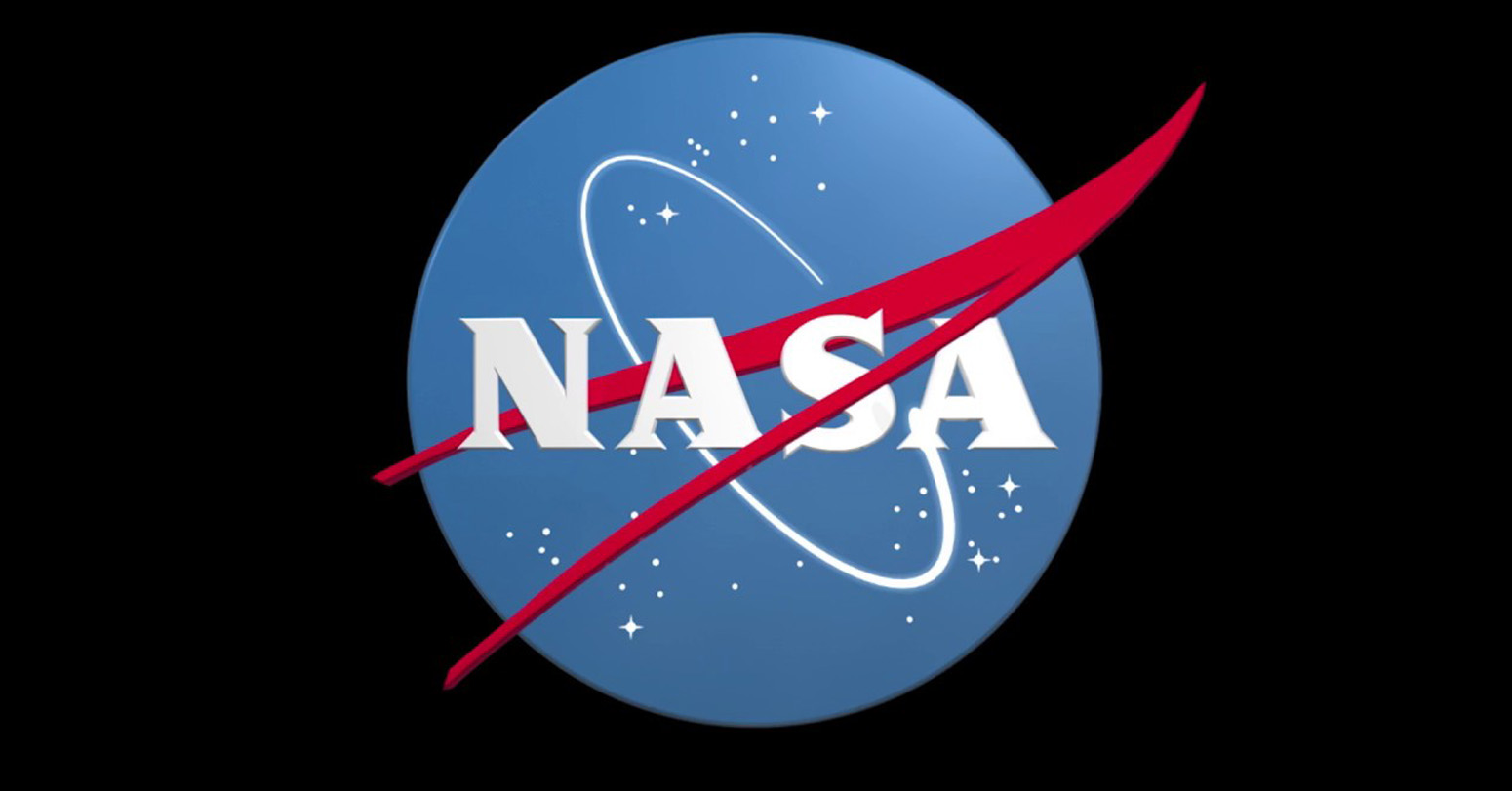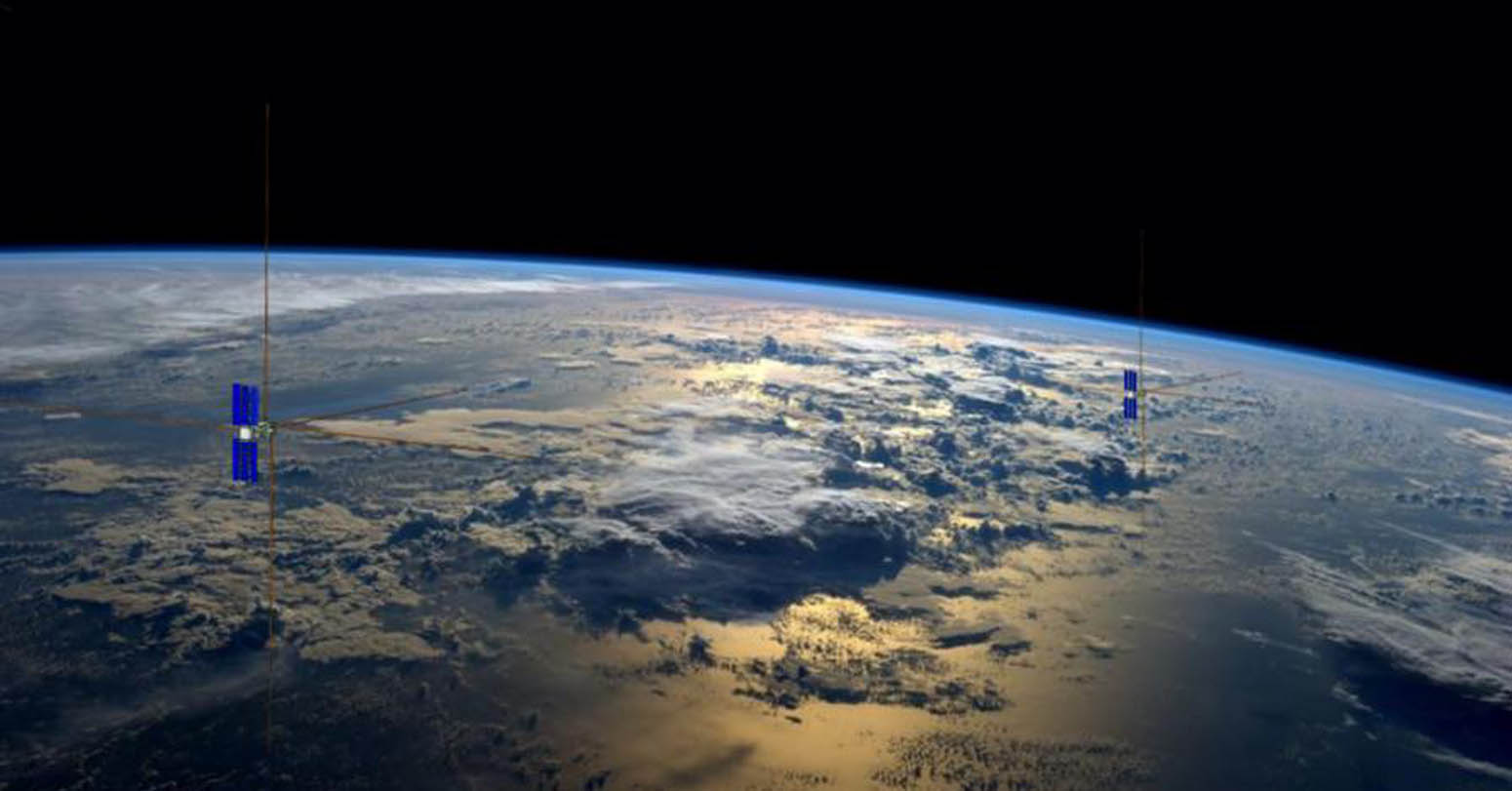The first flight of NASA's commercial lunar delivery service carrying agency science and technology, as well as other customer payloads intended for the Moon, has come to an end, NASA confirmed on Friday.
After 10 days and 13 hours in space, the lunar lander developed by U.S. private company Astrobotic Technology, dubbed Peregrine, made a controlled re-entry on Earth over open water in the South Pacific at approximately 4:04 p.m. Eastern Time on Thursday, according to NASA.
Astrobotic Technology was the first commercial vendor to launch a mission to the Moon as part of NASA's Commercial Lunar Payload Services (CLPS) initiative, which aims to advance capabilities for science, exploration or commercial development of the Moon under the agency's Artemis campaign.
There are seven additional CLPS deliveries awarded to multiple American companies, according to NASA. The next CLPS commercial flight is targeted for no earlier than February.
Following a successful launch and separation from the rocket on Jan. 8, the spacecraft experienced a propulsion issue preventing Peregrine from softly landing on the Moon.
After analysis and recommendations from NASA and the space community, Astrobotic Technology determined the best option for minimizing risk and ensuring responsible disposal of the spacecraft would be to maintain Peregrine's trajectory toward Earth, where it burned up upon re-entry.
"Space exploration is a daring task, and the science and spaceflight data collected from Astrobotic's lunar lander is better preparing NASA for future CLPS deliveries and crewed missions under Artemis," said NASA Administrator Bill Nelson.
The mission was planned to be the first time an American company sent a spacecraft to the Moon, and the first time the United States returned to the lunar surface in more than 50 years.
-XINHUA



















Comprehensive Data Protection Law Critically
Gender Differences In Mental Healthcare
Messi Wins Best FIFA Men’s
Erosion of Democracy
Fly Dubai Catches Fire in
“Complexities of the South Asian